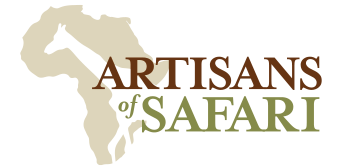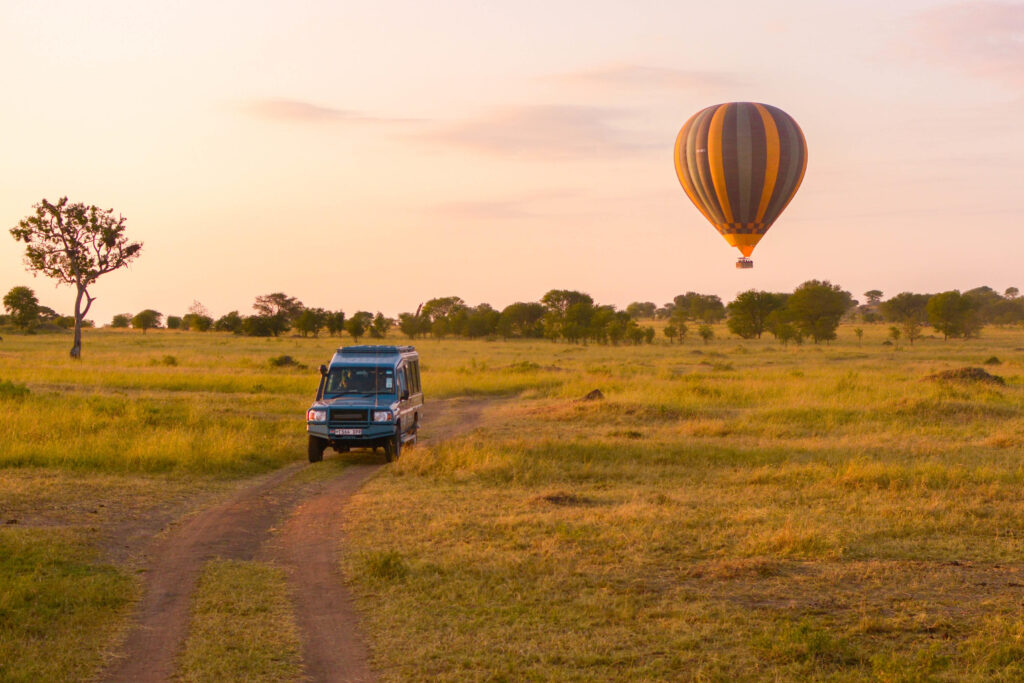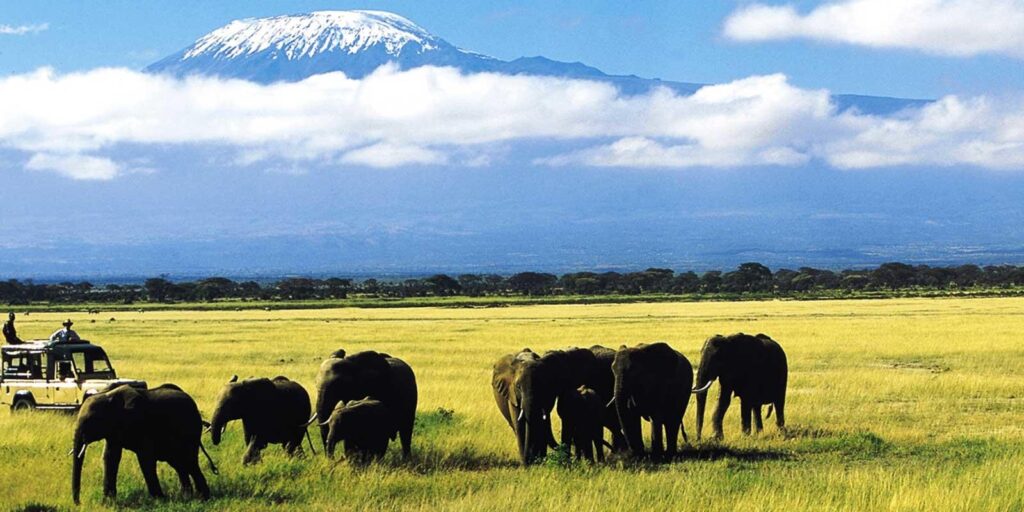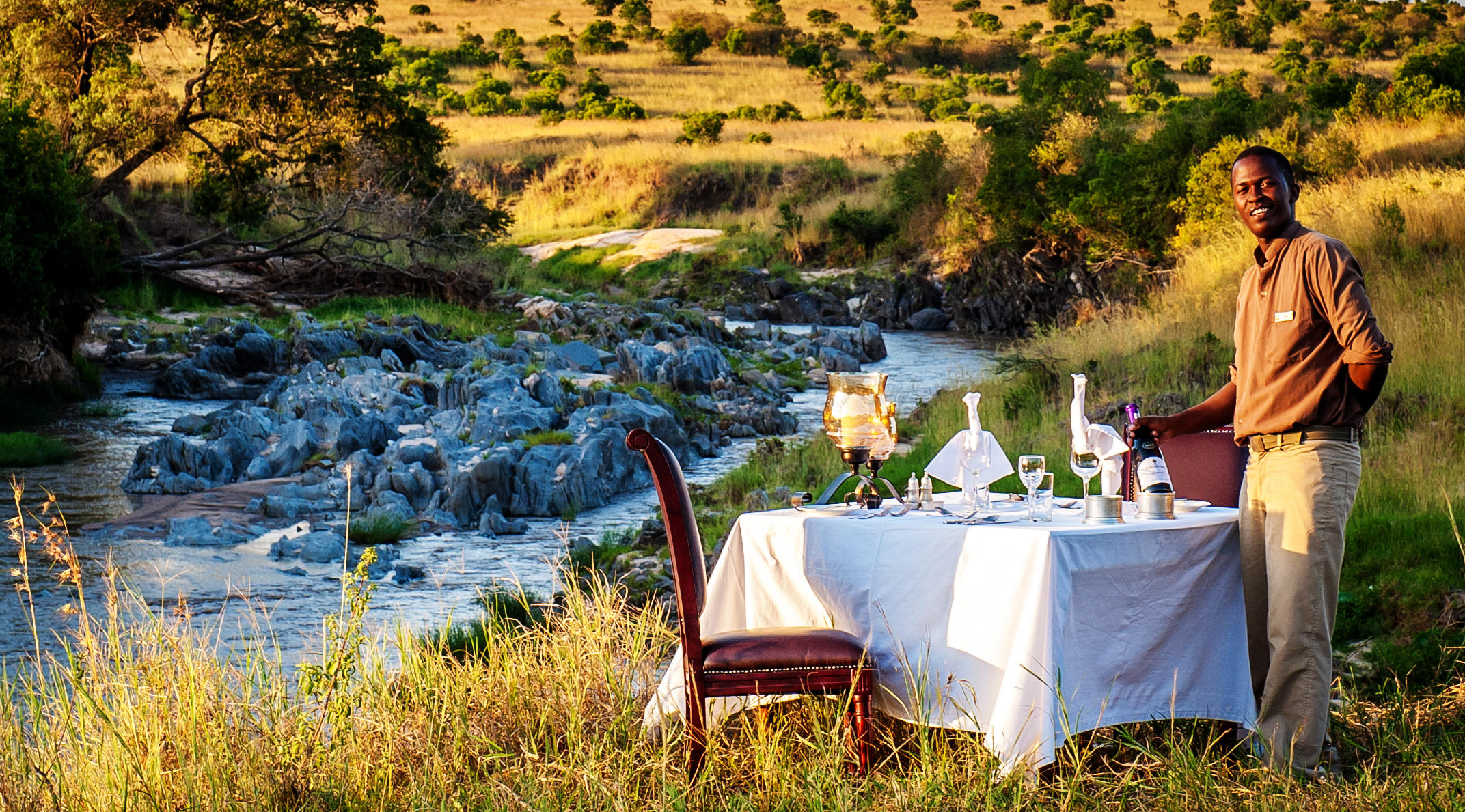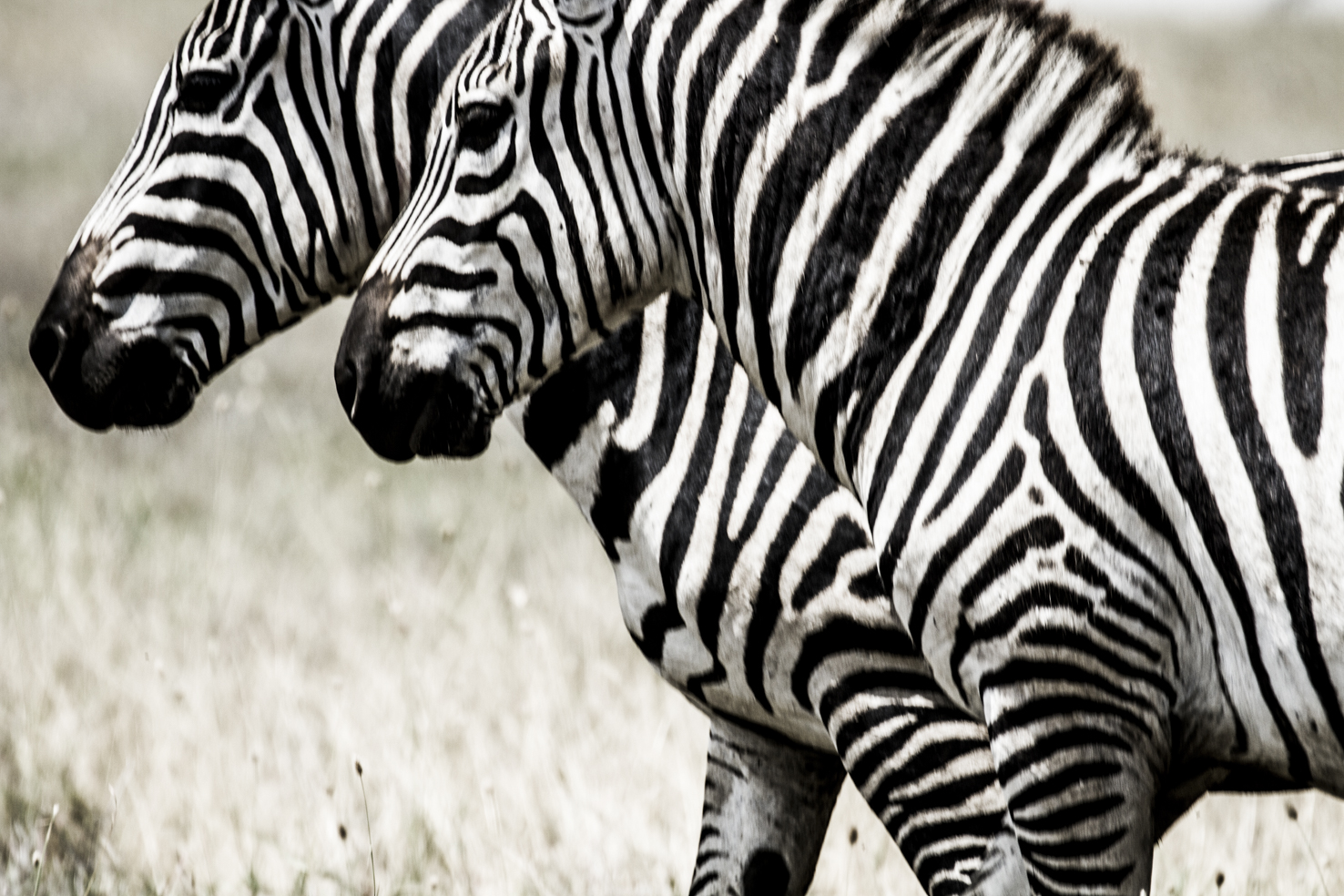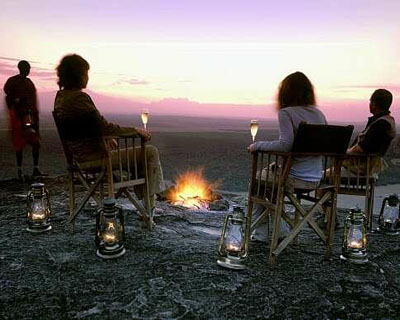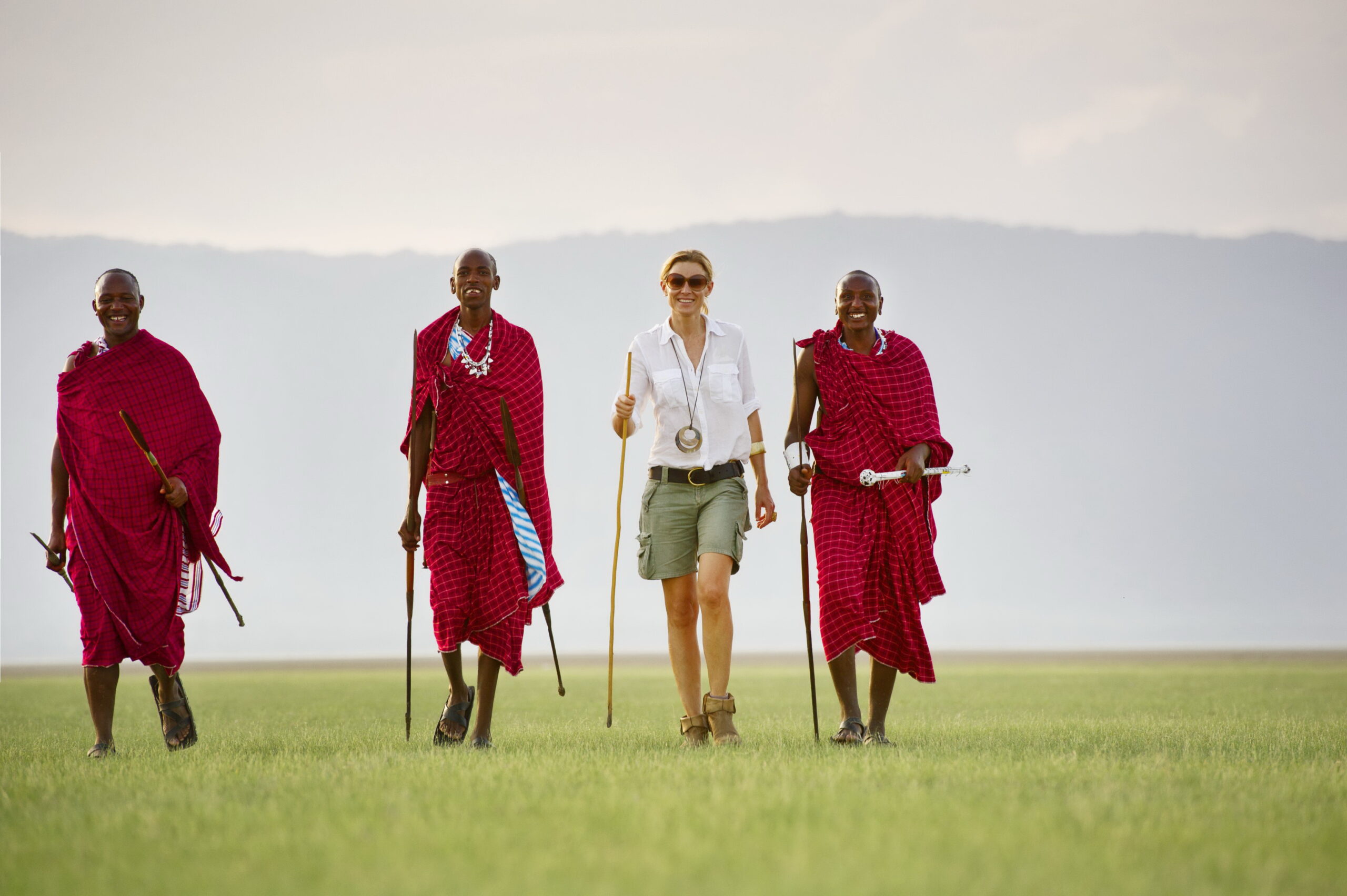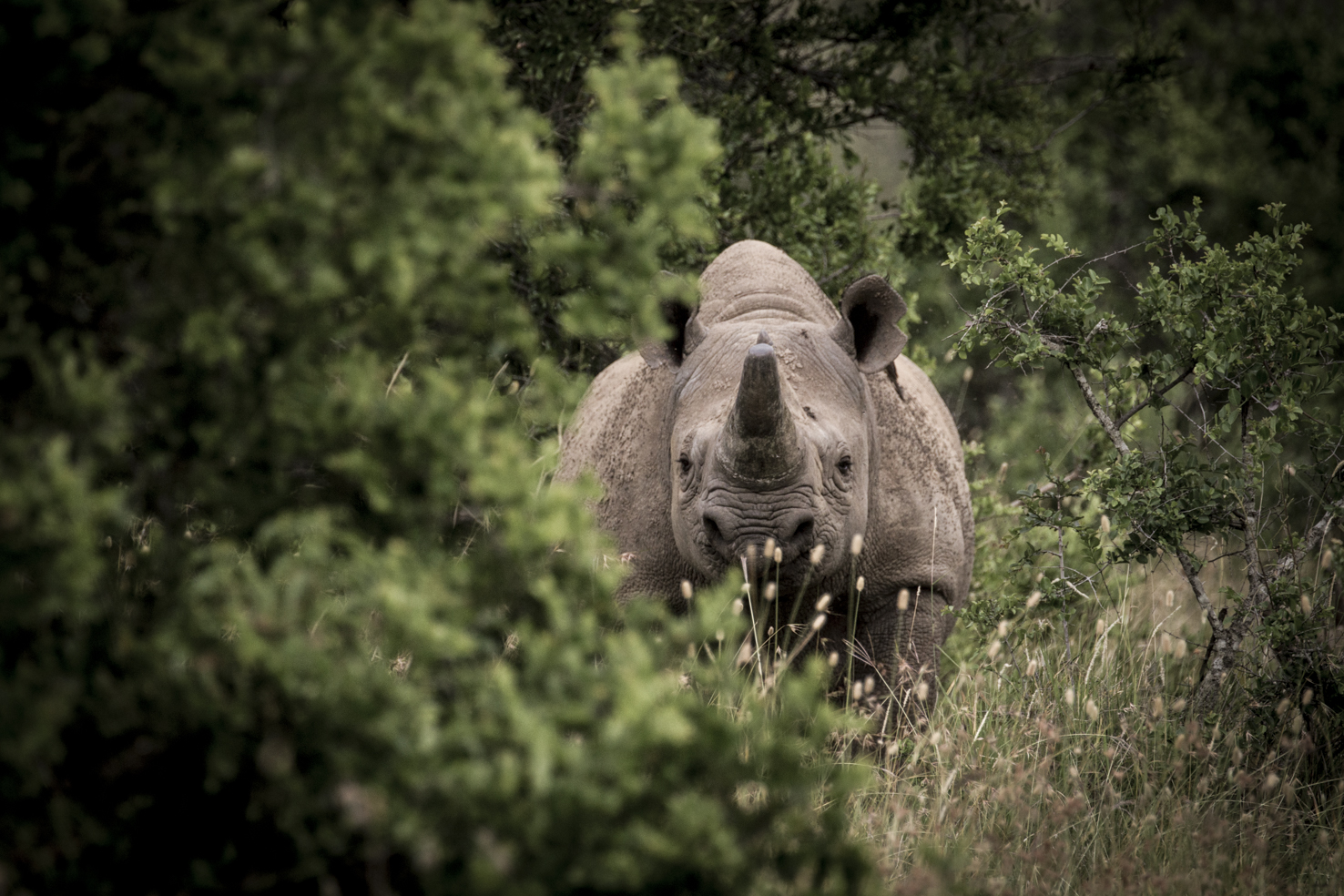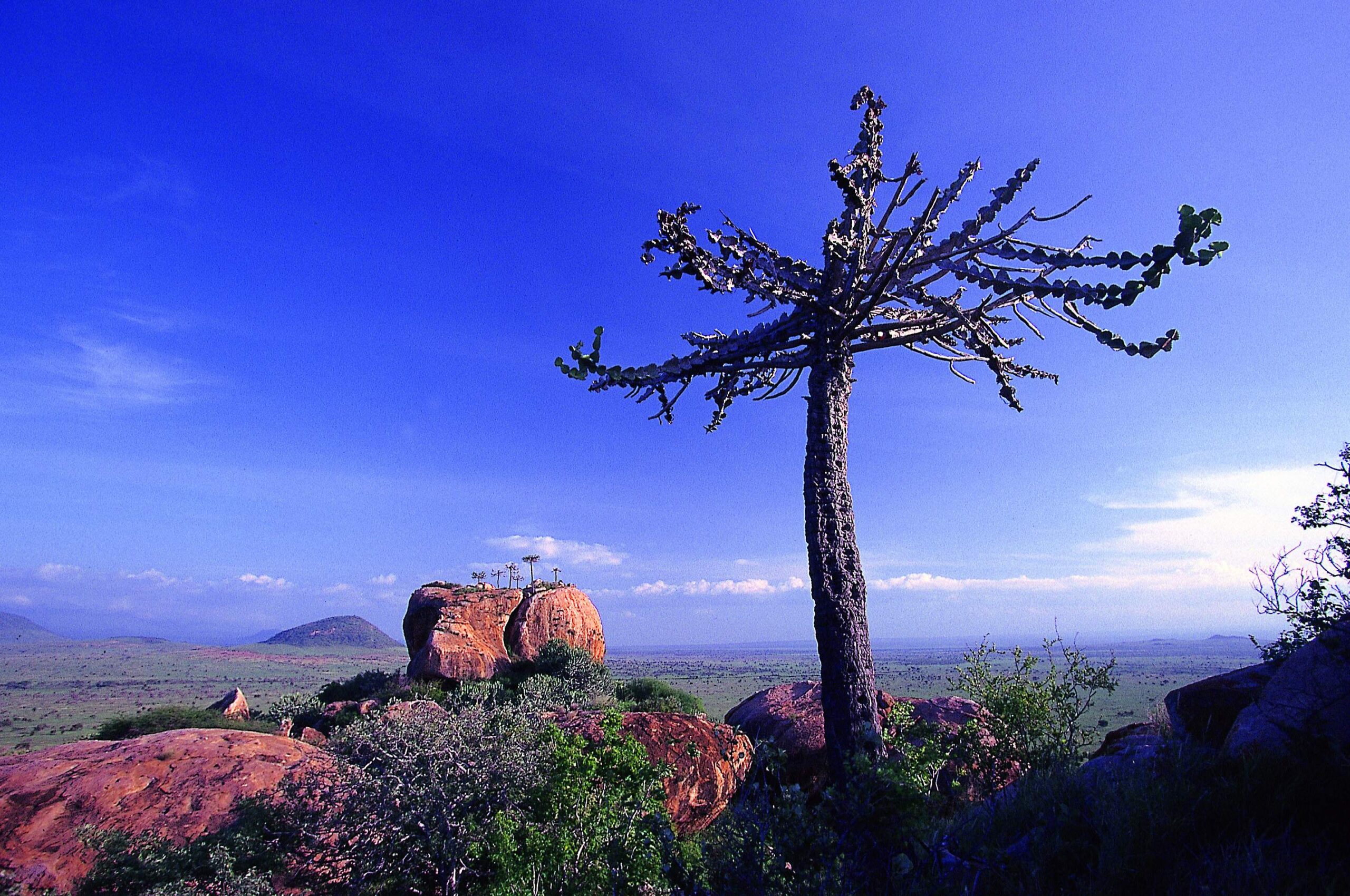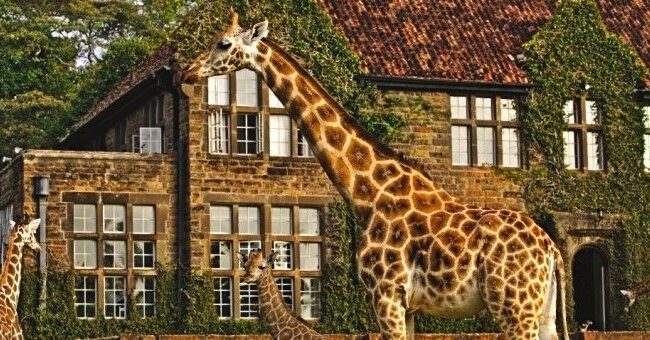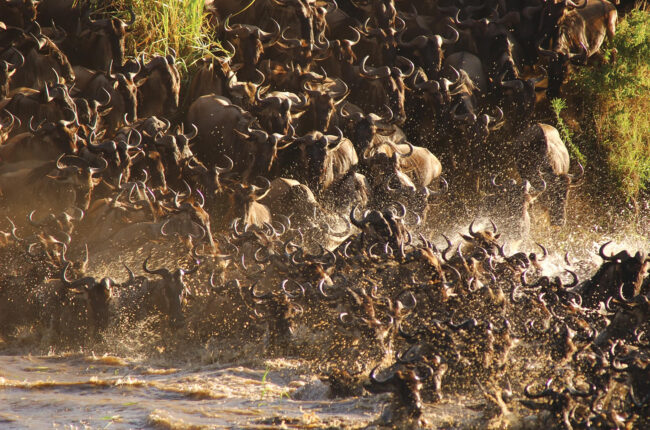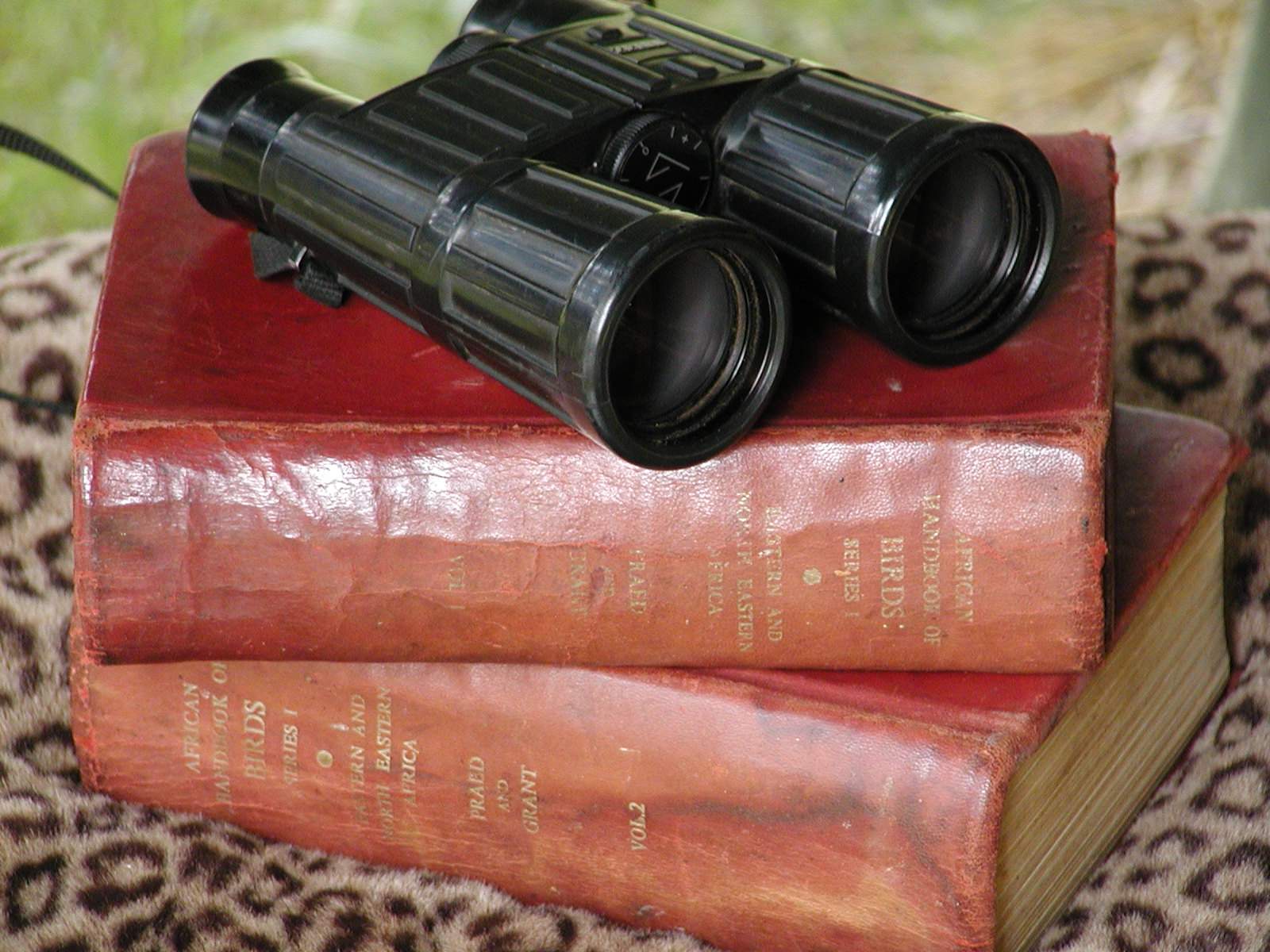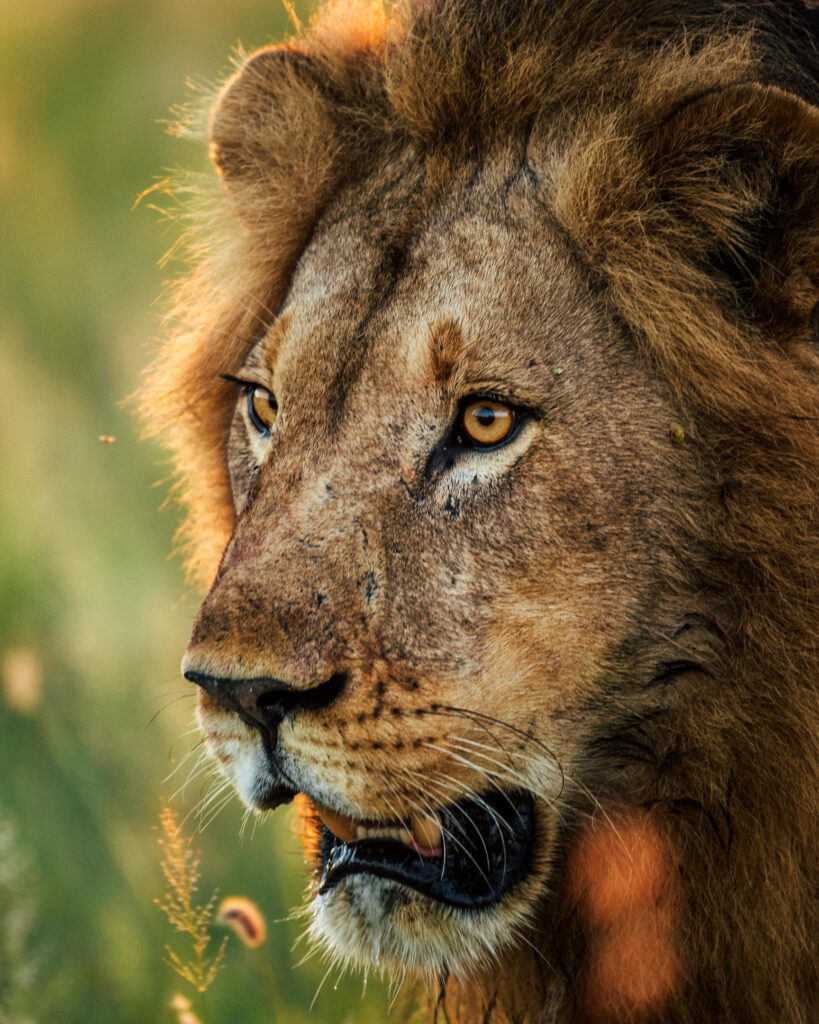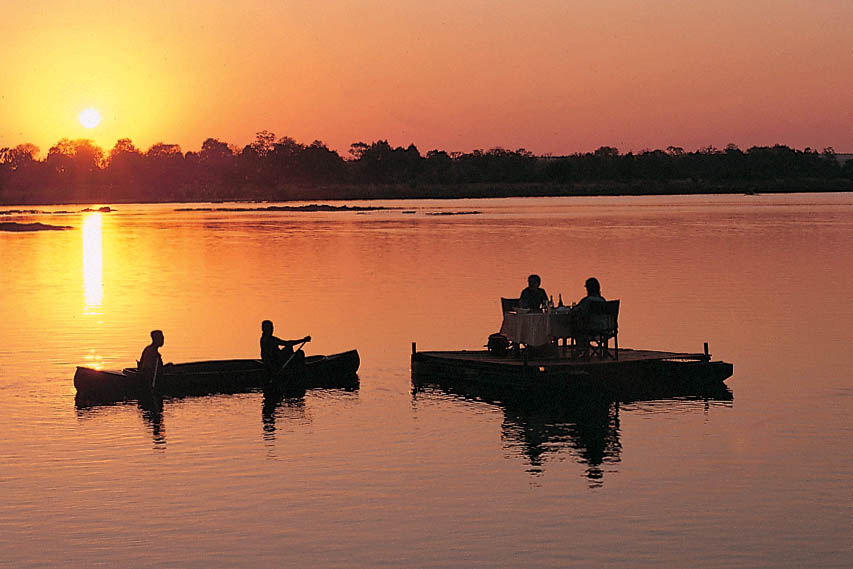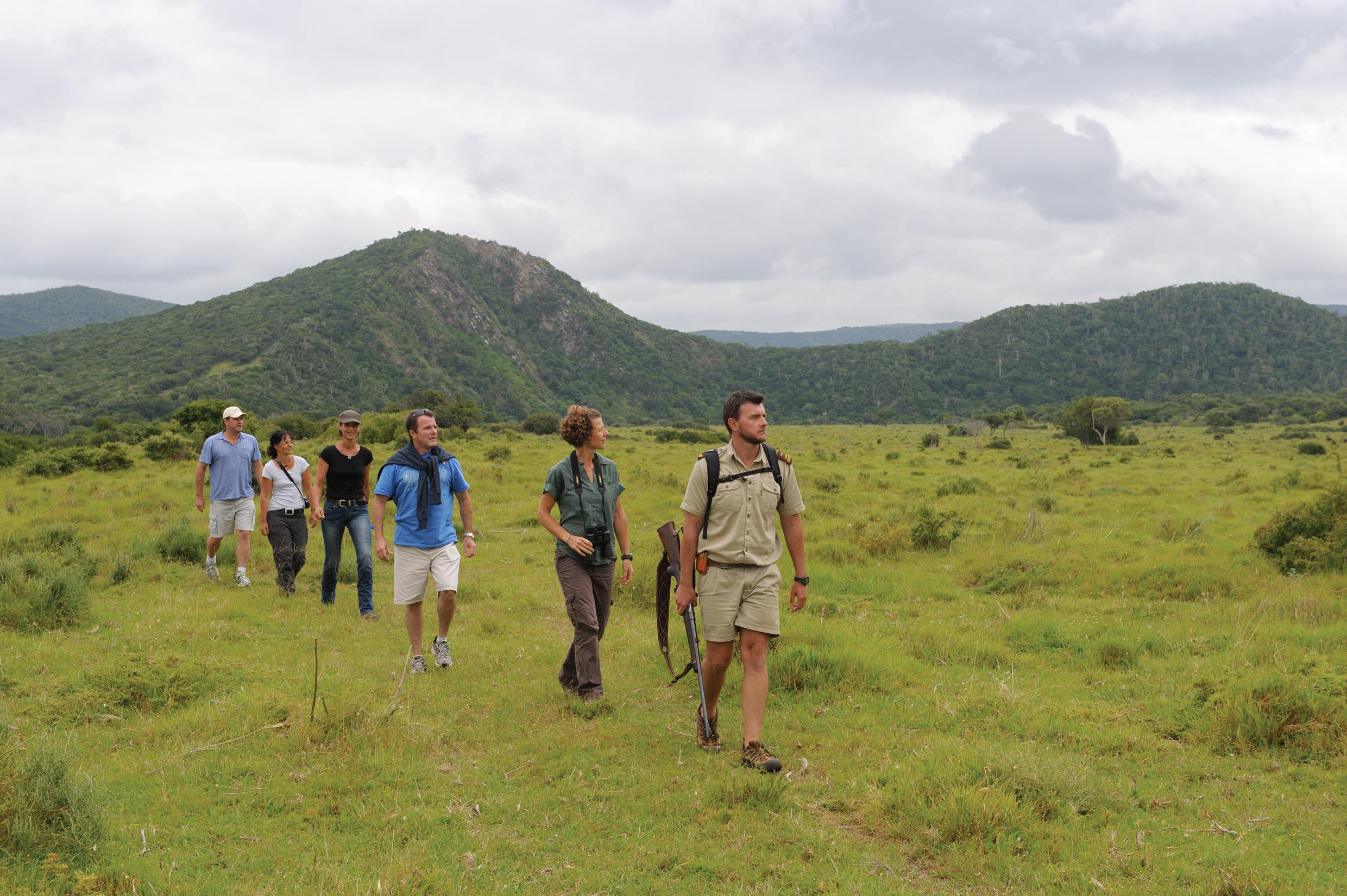F.A.Q.
One quirky question and one practical question. Both asked and answered.
Believe it or not, yes! The “Hippo Highway” is a real phenomenon in Kenya’s Masai Mara National Reserve. During the dry season, the Mara River recedes, leaving behind a muddy path. Hippos, known for their semi-aquatic lifestyle, must venture onto this path at night to graze on fresh grass. While spotting them requires a bit of luck and timing, joining a night safari with an experienced guide increases your chances of witnessing this unique spectacle. Just remember, hippos are highly territorial and very dangerous, so admire them from a safe distance!
The Great Migration of wildebeest and other plains game is a continuous cycle throughout the year, with the herds moving between the Serengeti National Park in Tanzania and the Masai Mara National Reserve in Kenya. Here’s a breakdown of their movement by month:
Serengeti:
- December – May: The herds are concentrated in the southern plains of the Serengeti, enjoying the fresh green grasses that sprout after the short rains (November – December). This is a great time to see calving season, with a high concentration of young wildebeest.
- June – July: The herds begin their northward trek, following the receding rains and greener pastures. They may be spread out across a larger area during this transitional period.
Masai Mara:
- July – October: The peak of the Great Migration occurs in the Masai Mara, with millions of wildebeest and zebra concentrated on the plains. This is the best time to witness the dramatic river crossings, where the animals brave crocodile-infested waters.
Serengeti:
- August – November: The herds continue to graze in the western corridor of the Serengeti, with some animals starting to loop back south as the grasses dry out. This can be a good time for predator sightings, as lions and hyenas follow the migrating herds.
Both:
- November – December: The short rains begin again, prompting the herds to move south towards the calving grounds in the southern Serengeti, completing the cycle. You might see some animals lingering in the Mara or dispersed across the Serengeti during this transitional period.
Important Note: The exact timing of the migration can vary slightly depending on rainfall patterns each year. It’s always best to consult with a reputable safari operator for the most current information on wildebeest location and viewing opportunities.
